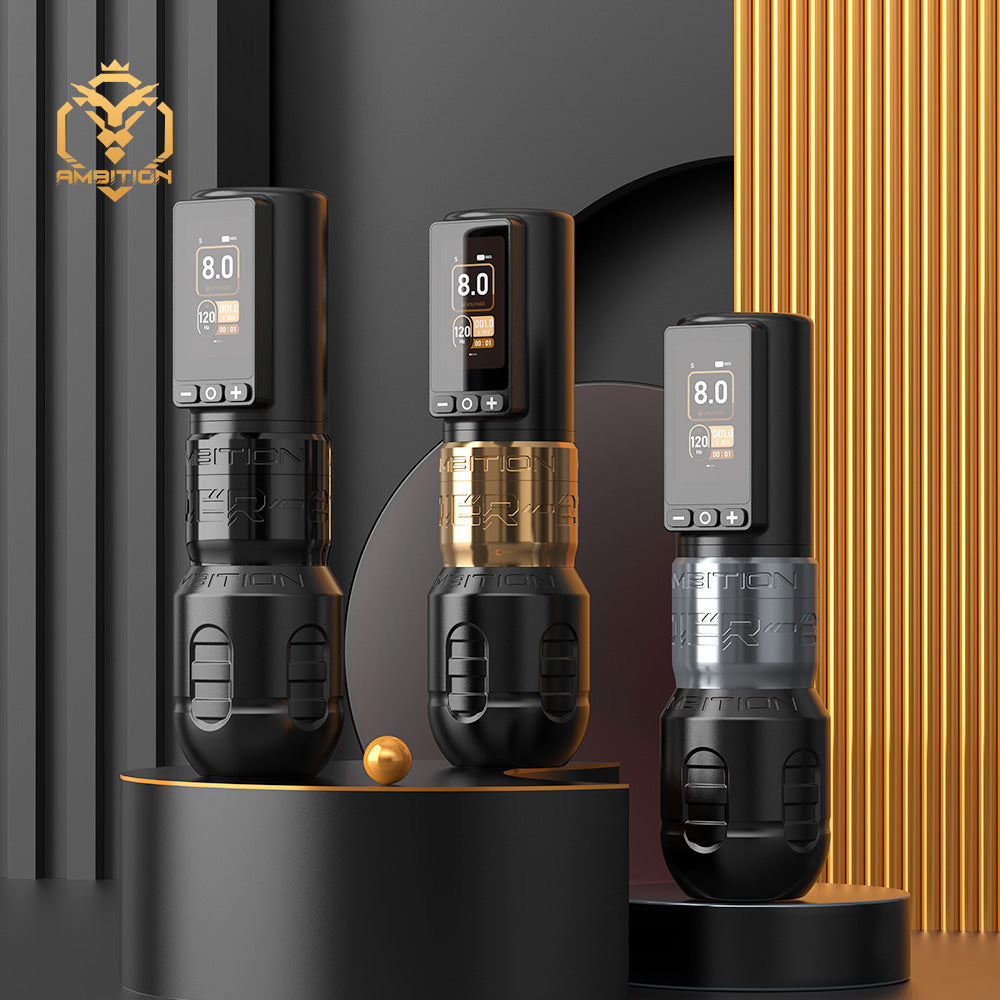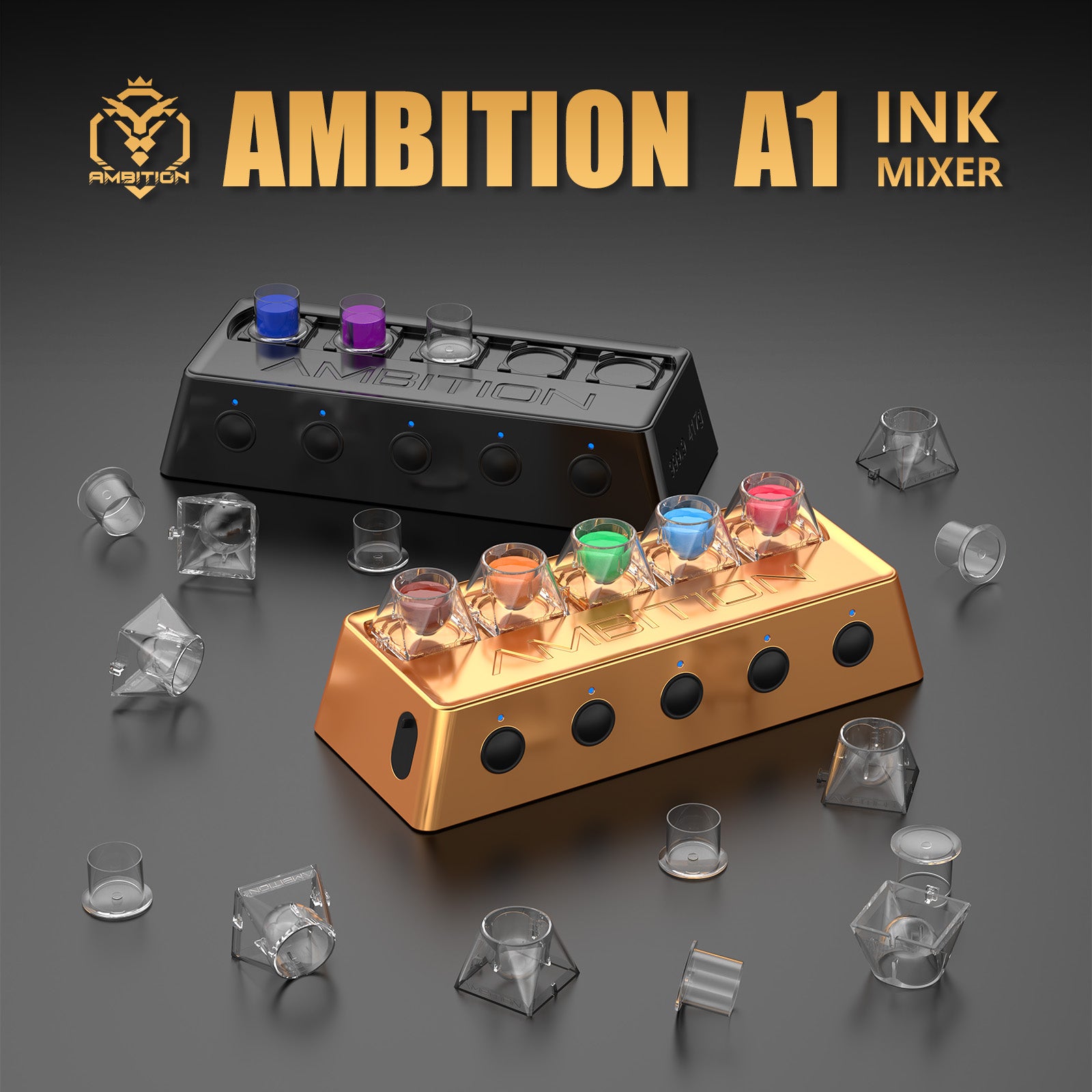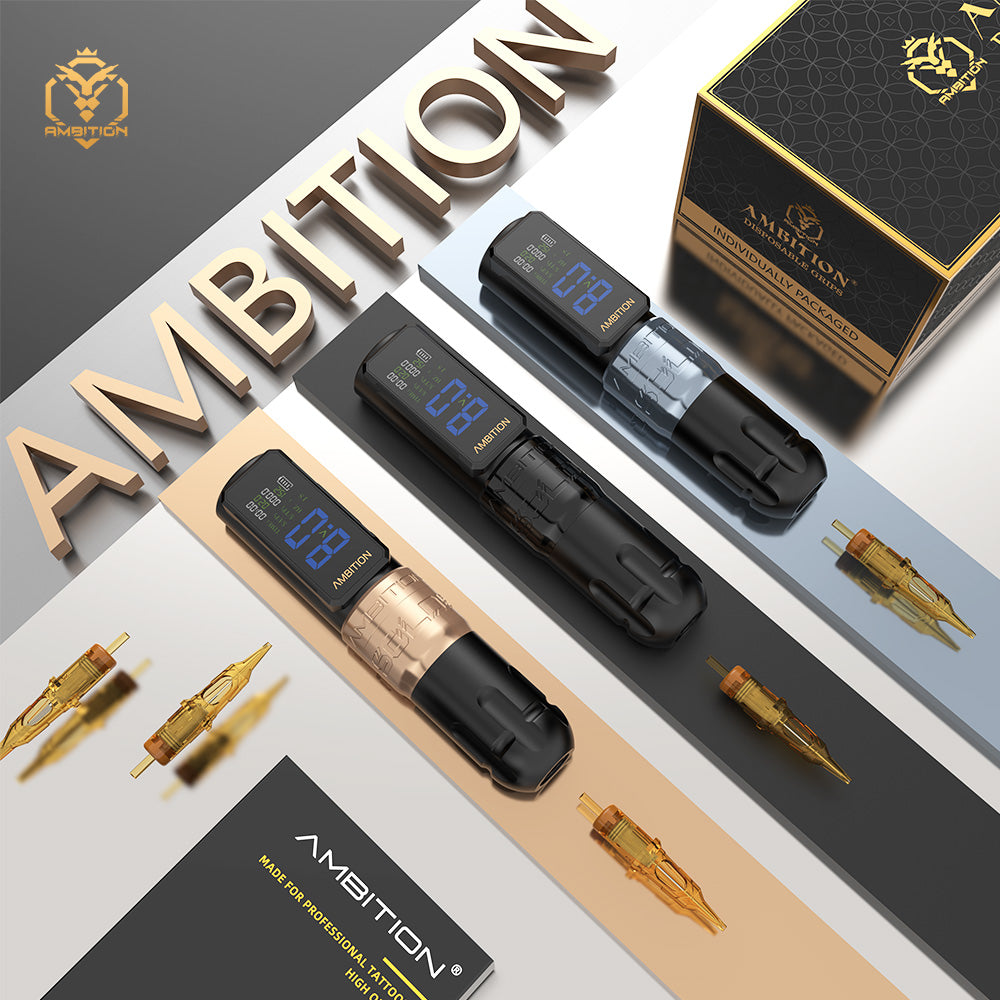In the field of tattoo art, the performance of the equipment directly affects the fineness of the work, the efficiency of the operation and the experience of the tattoo artist and the client. In recent years, tattoo machines equipped with high torque motors have gradually become the focus of the industry, and the innovation of its core power system has significantly improved the performance of the equipment. This article will be from the power performance, stability, scope of application and other dimensions, a detailed analysis of the advantages of high-torque motor, and compared with the traditional tattoo machine, tattoo artists to provide technical reference.
Ⅰ.Core advantages of high torque motors
1.Strong power output and better penetration
The High Torque Motor delivers higher torsional force at lower speeds by optimizing the solenoid and rotor design. For example, when piercing thick skin areas (e.g., palms, ankles) or performing traditional handmade totems, the motor can continuously provide a steady thrust to ensure that the needle penetrates the epidermis at a constant depth, reducing the need for repeated color touch-ups. In contrast, ordinary motors are prone to fluctuating speeds as resistance increases, resulting in lines of varying depths, especially when working with large matte areas in realistic styles, where conventional equipment requires frequent voltage adjustments to compensate for the lack of power.
2.High stability at low speeds for precise line control
The high torque feature allows the motor to run smoothly in the low speed range of 800-1200 rpm. This feature is especially suitable for Asian popular delicate ink style or portrait tattoos in the gradient transition, tattoo artists can use the foot pedal to fine-tune the speed without sacrificing power, to achieve 0.3mm single needle precision line control. Traditional motors, on the other hand, have a significant torque decay at low speeds and are prone to the phenomenon of “stuck needles”, forcing tattoo artists to rely on higher speeds and increasing the risk of skin damage.
3.Wide Load Adaptation, Compatible with Multiple Techniques
From 3.5V to 12V, the high-torque motor can seamlessly switch between line cutting, fogging and priming modes. Taking geometric tattooing as an example, the device can drive 12-needle rows of needles in high-voltage mode to lay down colors quickly, while in low-voltage mode, it supports 3 circular needles to carve sharp corners without changing the machine or the motor. Traditional tattoo machines often require specialized equipment for different techniques (e.g., coil machine for wire cutting, rotary machine for fogging), which increases the complexity and cost of operation.
4.Long-term heat dissipation and durability
The high-torque motor with ceramic bearings and copper-aluminum alloy housing keeps the temperature rise within 15℃ after 4 hours of continuous operation (measured data), avoiding the volatilization of lubricating oil and deformation of parts caused by high temperature. In the comparison experiment, the efficiency of traditional motors in the same price range decreases by about 22% after 2 hours of operation, and long-term high-temperature operation is more likely to lead to wear of carbon brushes, coil aging and other problems.
II. Key Performance Comparisons
| Comparison Dimension | High-Torque Motor Tattoo Machines | Traditional Tattoo Machines |
|---|---|---|
| Power Response | 0.1s startup, instant stop | 0.3–0.5s startup delay, residual vibration |
| Noise Level | ≤45 dB (silent electromagnetic design) | 55–65 dB (mechanical noise prominent) |
| Consumable Wear | 40% lower needle tip wear (stable force) | High vibration accelerates tip/tube wear |
| Multi-Style Adaptability | Single-machine compatibility (e.g., Japanese irezumi, realism) | Requires machine/spring adjustments |
| Learning Curve | 3–5 hours for basic mastery | 2–3 weeks to adapt to varying power traits |
III. Practical Applications
-
Ultra-Detailed Tattoos (e.g., eyelashes, hair strands): High-torque motors paired with 0.2mm needles achieve 0.1mm-level lines without skin tearing, whereas traditional machines risk inconsistent lines due to power fluctuations.
-
Scar Cover-Ups: Sustained torque penetrates fibrotic tissue efficiently, reducing client discomfort from repeated punctures with standard motors.
-
Marathon Sessions (e.g., full-body tattoos): After 8 hours, high-torque machines maintain <2% needle frequency deviation vs. >8% in traditional devices, ensuring color uniformity.
IV. Selection Guidance and Future Trends
For studios prioritizing detail and efficiency, high-torque machines justify their 30% higher upfront cost through reduced touch-ups and consumable savings (ROI within 6–8 months). Beginners or artists focusing on simple designs may still opt for budget-friendly traditional machines. Emerging trends like direct-drive technology and smart feedback systems hint at future "adaptive power" motors that auto-adjust output based on skin resistance, revolutionizing the industry.
Conclusion
The evolution of tattoo machines is an art of balancing power and control. High-torque motors redefine precision boundaries through reengineered power dynamics, while the performance gap between modern and traditional devices underscores the industry’s shift from experience-driven craftsmanship to technology-driven innovation.







Leave a comment
This site is protected by hCaptcha and the hCaptcha Privacy Policy and Terms of Service apply.